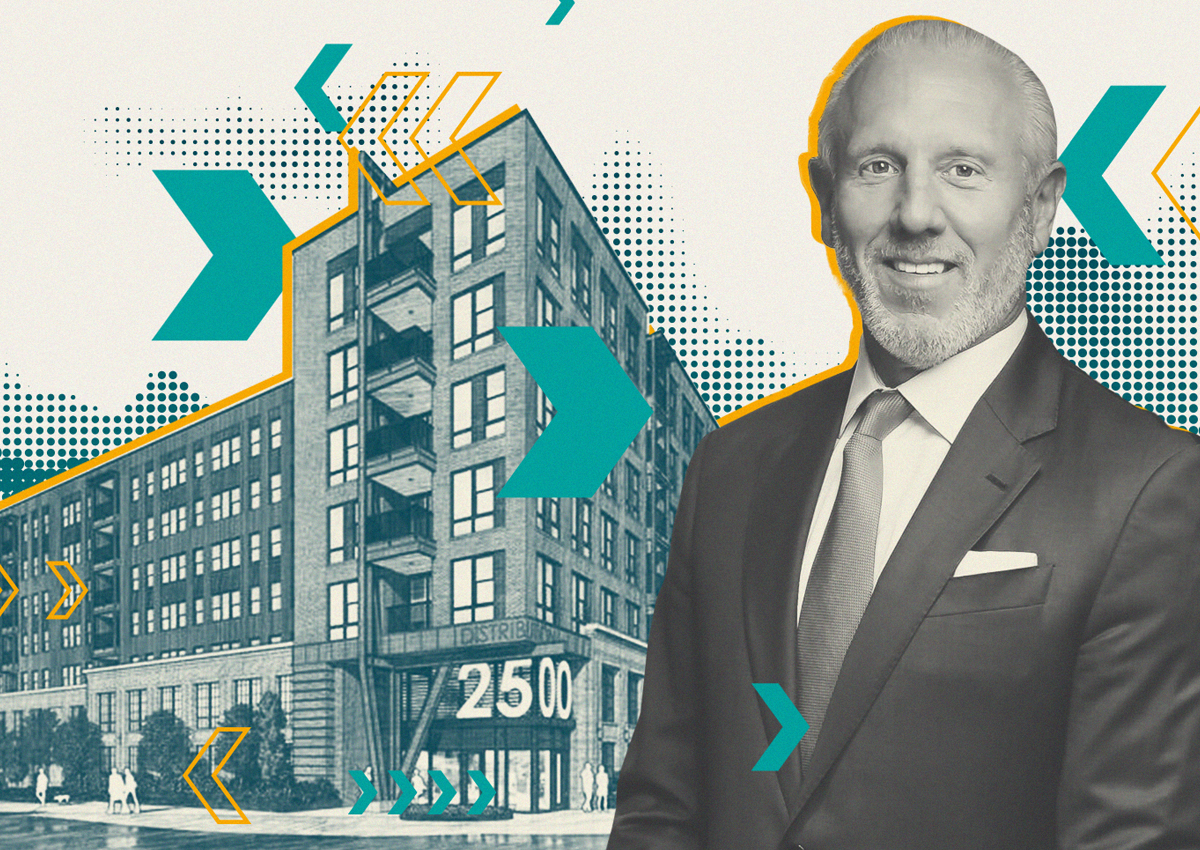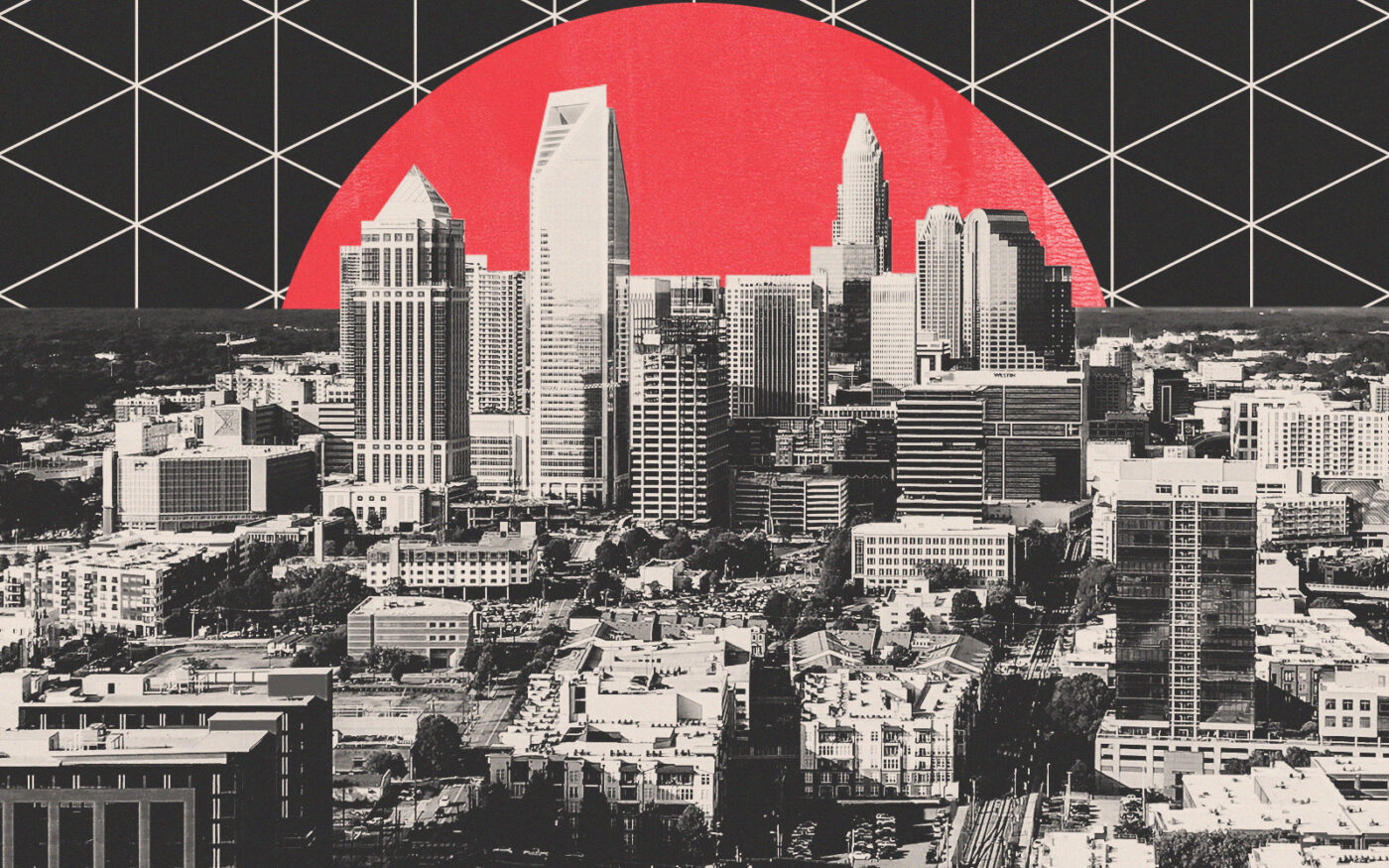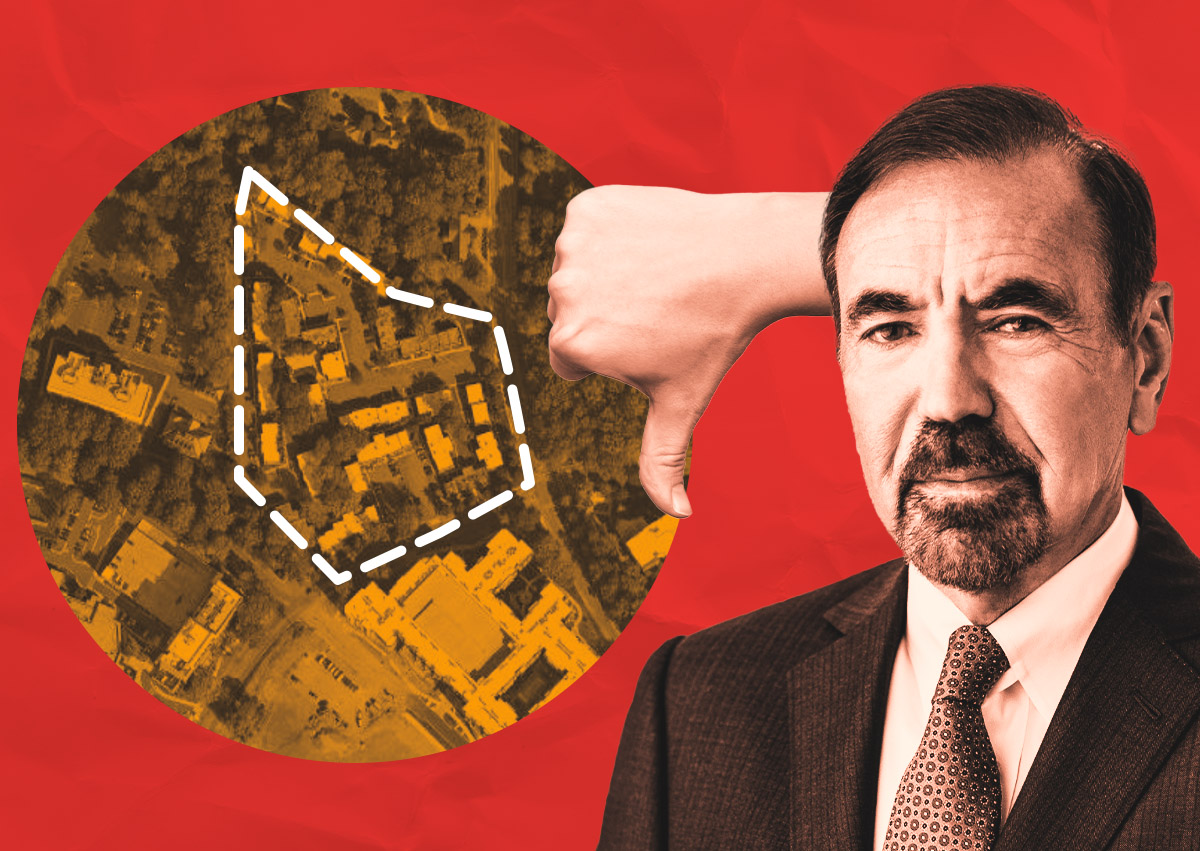 DC developer plans 750 apartments in Charlotte
DC developer plans 750 apartments in Charlotte
Trending
Charlotte’s development pipeline is slowing
$4.2B worth of projects coming to uptown, South End marks 39% drop from last year

Charlotte’s development pipeline is shrinking, mirroring nationwide trends, and a nonprofit economic development group has the receipts.
In two of Charlotte’s hottest areas — uptown and South End — roughly $4.2 billion of projects are underway or slated to start construction this year, marking a 39 percent decline from last year’s $6.9 billion forecast, the Charlotte Business Journal reported, citing Charlotte Center City Partners.
Even with the dropoff in development activity, Charlotte is in a relatively good position compared to other cities, as broader market challenges stifle commercial growth throughout much of the nation.
“Downtowns across the world have been stress-tested with lockdowns and protests and altered workplace rhythms and higher capital costs,” Center City Partners CEO Michael Smith told the outlet. “And it’s had its impact on Charlotte. The change in the development pipeline, we’ve got vacancy rates across the United States at the highest level [since 1979].”
Charlotte’s development pipeline in South End and uptown comprises 2.2 million square feet of office space, 377,000 square feet of retail, 1,300 hotel rooms and 9,300 apartments.
Of the 2.2 million square feet of planned office space between the two submarkets, 82 percent is headed for South End. South End is also the leader in multifamily development, with roughly 6,900 units in the pipeline, accounting for 74 percent of the city’s total.
“Urban areas with a mix of uses are doing better than office-centric ones,” Chuck McShane of CoStar Group told the outlet.
Uptown and South End office vacancies stand at 17.9 percent and 7.9 percent, respectively. The national office vacancy reached 19.6 percent in the fourth quarter, the outlet said.
Challenges in the office market can’t be solved entirely with residential conversions or recruiting companies to Charlotte, James LaBar of Center City Partners said. A combination of those, along with demolitions, are needed, he said.
“If we rely solely on market forces and the current public sector tools that we have, this will be a protracted issue for our community,” Smith said. “I don’t think it’s an exaggeration to say it’s something we’ll deal with for decades.”
Despite the hurdles ahead, optimism persists due to continued job growth, institutional real estate investment and attractive development opportunities.
Properties like the Pearl, the Iron District and North Tryon Street exemplify Charlotte’s potential for significant growth. The Pearl, for instance, is a 40-acre site that’s set to include a medical facility and a 700,000-square-foot “innovation district.”
Meanwhile, investments in pro sports venues and cultural attractions have boosted tourism, with venues like the Spectrum Center and Bank of America Stadium driving a 10 percent increase in hotel revenue per available room.
“We’ve got a winning formula,” Smith said “And we’ve got to continue to invest in this formula.”
—Quinn Donoghue
Read more
 DC developer plans 750 apartments in Charlotte
DC developer plans 750 apartments in Charlotte
 TriBridge to add apartments, townhomes to Loray Mill
TriBridge to add apartments, townhomes to Loray Mill
 Related backs out of Charlotte condo redevelopment
Related backs out of Charlotte condo redevelopment




